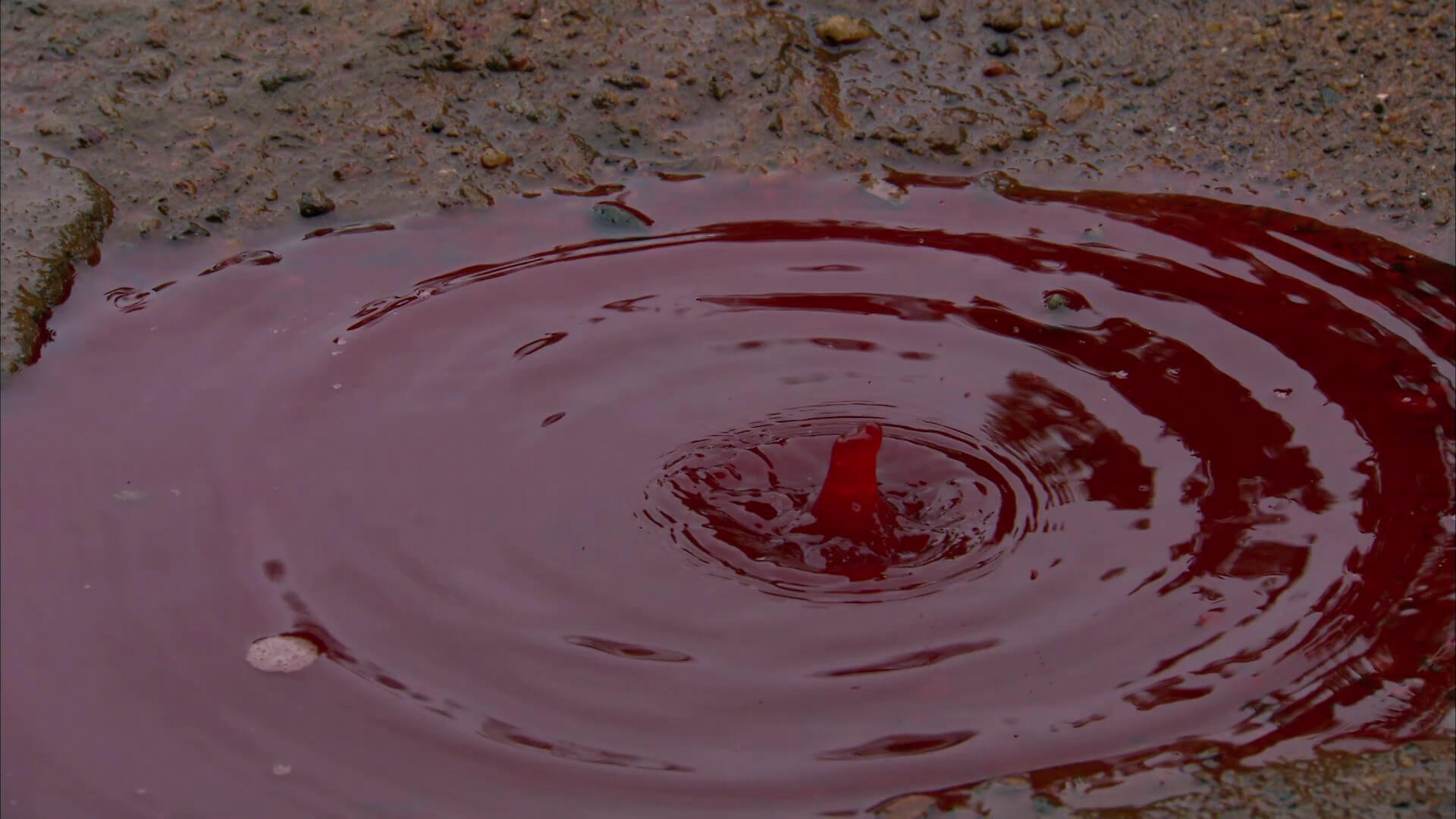Deciphering The Enigma Of The Blood Rain In Kerala

The world often experiences such tormenting events which do not provide any explanatory scientific framework even after immense research works. One such dramatic event is THE BLOOD RAIN or THE RED RAIN in KERALA.
The duration of July 25 to September 23, 2001, experienced the baffling phenomenon of blood rain in Kerala. This bizarre rain dates back to the year 1896. Also, in July 2012, Sri Lanka experienced the same.

Several explanations were put forward, out of which, some were utterly rejected, while others partially accepted. Still, several questions remain unanswered. Some reported a sudden flash of light followed by a loud thunderclap, few days before the red downpour. Surprisingly enough, the rain followed a particular pattern. It usually rained over a much-localised area of about a few kilometres at a time. Moreover, it poured for less than 20 minutes every time.
THE BIG QUESTION: WHY RED RAIN?
The unique colour of the downpour led to some testing by scientists. It was found that 9 million red particles were present per millimetre of rain. After calculations, it was concluded that in the total amount of red rain, about 50,000 kilograms of particles poured along. On analysis, it was found that the particles contained 90% solid matter. And the rest was debris, which was later found out to be spores.

THEORIES BEHIND BLOOD RAIN
Over time, various theories emerged to explain the origin of particles, such as:
- Initially, Centre for Earth Science Studies (CESS) scientists suspected that these particles were from a meteor explosion.
- After disapproval of the first theory, Tropical Botanical Garden and Research Institute (TBGRI) along with CESS published a report stating the origin of particles. They were actually spores from lichen-forming alga.

- According to Indian Meteorological Department, a volcanic eruption in the Philippines was responsible. Acidic material from the eruption was carried along with a jet stream to Kerala. However, after examination, the theory was rejected.
- LIDAR observed an atmospheric dust cloud over the region of Kerala. It was stated that this originated from Arabian deserts. Unfortunately, this theory got rejected.
- Another theory postulates that the rain contained mammalian blood. Perhaps of bats, which were killed at a high altitude due to a meteor. An absence of bat remains apparently dissed the theory.
BEHIND RESEARCH
Dr. Godfrey Louis and Dr. Santhosh Kumar from Kottayam’s Mahatma Gandhi University gave the boldest explanation of all. They stated that the rain resulted due to the presence of extra-terrestrial life. This was supported by the fact that particles were actually living organisms. Also, the particles could thrive even at a temperature of 300 degree Celsius. Furthermore, they tested and found that these life forms did not contain any DNA. However, Dr. Chandra Wickramasinghe managed to extract DNA from the pores, proving the stated theory to be incorrect. Moreover, he confirmed the presence of elements such as Hydrogen, Potassium, Calcium, Sodium, Iron, Silicon, Oxygen, Carbon, Aluminium, and Phosphorus. Heavy metals such as Nickel, Manganese, Titanium, Chromium, and Copper were also observed.

CONCLUSION
Many mysteries are yet to be resolved. So, for the time being, we all need to satiate ourselves with the sporadic theory by CESS and TBGRI.



